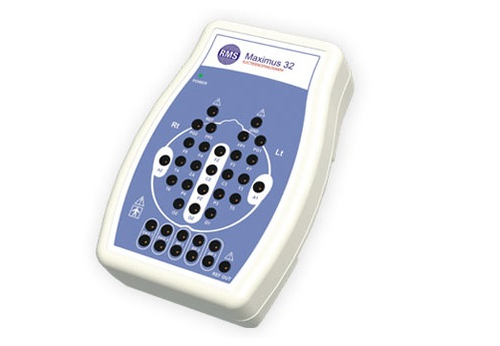







DEXXUM T is a compact and space-saving central Dual X-ray Absorptiometry (DXA) device. Compared to the other bone mineral densitometer,
DEXXUM T is an axial table DXA scanner specially designed with an innovative pencil beam DXA technology.
The most accurate & precise DXA for body fat, lean and bone mass






